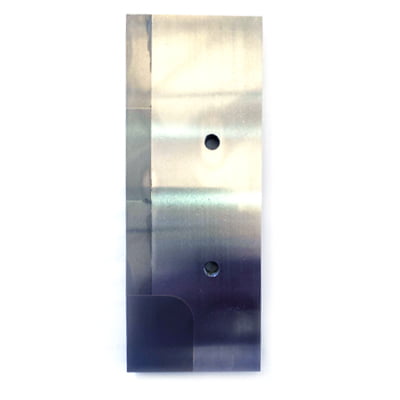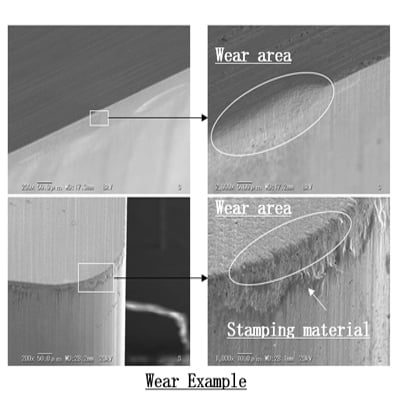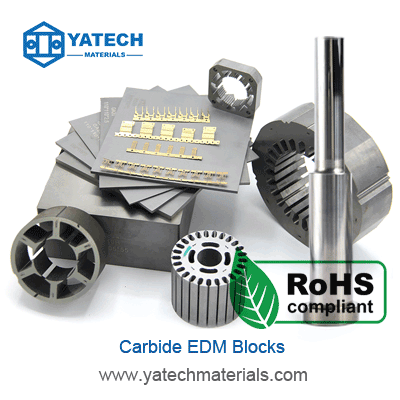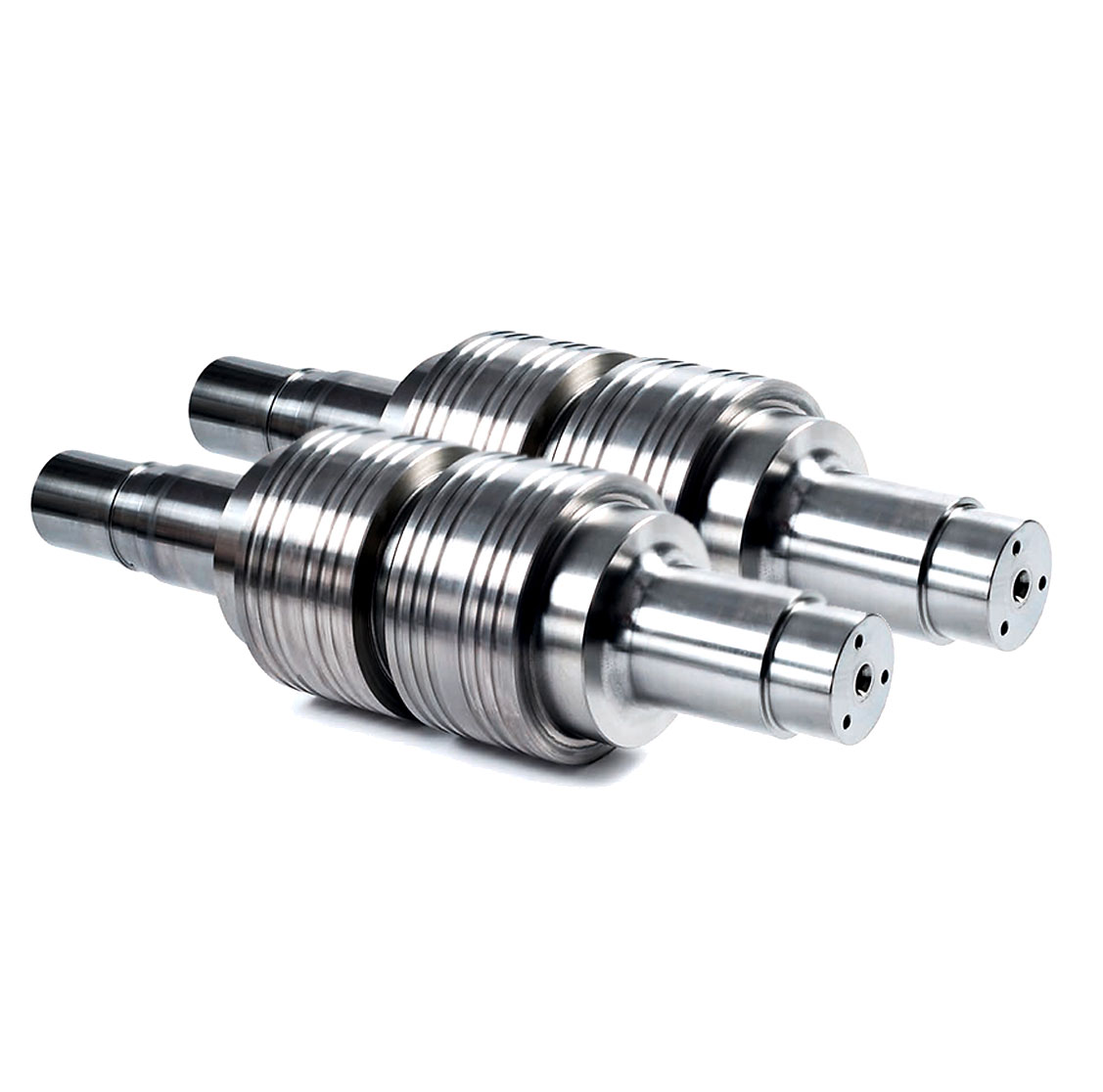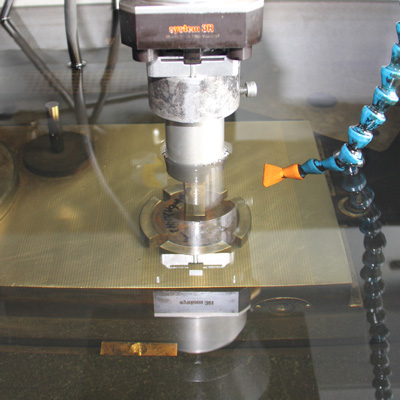
카바이드 EDM 권장 사항
툰스텐 카바이드 카바이드 전기방전가공의 주의사항
카바이드는 코발트 자성을 가지고 있습니다. 방전 가공(EDM)을 하기 전에 카바이드의 자성을 제거하는 것이 가장 좋습니다.
전자석을 사용하여 시멘트 카바이드를 고정하지 말고 고정구를 사용하여 고정하십시오. 가공하기 전에 공작물이 느슨한지 다시 확인하십시오. 느슨한 경우 공작물이 단단해질 때까지 고정하십시오.
최소 물 분사 원리: 위쪽 노즐의 압력은 아래쪽 노즐의 압력보다 훨씬 높습니다.
작업 흐름: 부품을 거친 절단한 직후에 바로 미세 절단을 시작하는 것은 권장되지 않습니다. 모든 부품을 거친 절단한 다음 모든 부품을 미세 절단하는 것이 더 안전합니다.
유전체의 전도도를 지속적으로 관찰하여 5 μMs/cm 미만의 수준으로 유지하십시오. 유지하기 어려울 경우 작업을 시작하지 마십시오.
전기방전가공 후 공작물 보존 문제:
작업물을 깨끗한 물로 씻은 후 100°C의 오븐에서 1시간 동안 건조시켜 남아 있을 수 있는 작은 균열에서 모든 수분이 증발하도록 합니다.
물은 pH, 전도도, 염화물 함량을 정기적으로 확인해야 합니다. 시멘트 카바이드 EDM 매체에 적합한 비중요 pH 값 범위는 6.5~8.5이며, 최상의 값은 7입니다.
EDM 가공 후, EDM 표면을 약 0.3mm 두께 깊이까지 연삭하여 모든 표면 손상을 제거해야 합니다.
작업물에 표시하기: 시멘트 카바이드의 코발트 바인더를 손상시킬 수 있는 가용성 마커로 표시하지 마십시오.
와이어 커팅 머신이 주로 강철을 가공하고 가끔 카바이드를 가공하는 경우, 카바이드를 가공하기 전에 방전 매체를 청소하는 것이 좋습니다. 그렇지 않으면 카바이드의 부식 경향이 증가합니다. 카바이드 EDM을 위한 장비를 전용하는 것이 가장 좋습니다.
강철 슬리브가 설치된 시멘트 카바이드 부품을 절단하는 것은 권장되지 않습니다. EDM 공정 중에 시멘트 카바이드의 압축 응력이 통제할 수 없는 방식으로 방출되어 파손 위험이 있습니다.
가장 좋은 방법은 설치 전에 미리 자르는 것입니다. 카바이드는 강철 하우징에 설치하기 전에 미리 자른 섹션이 필요합니다. 섹션은 마무리를 위해 몇 밀리미터의 오차를 허용하기 위해 미리 자릅니다.
설치 후 사전 절단된 카바이드를 강철 하우징에 설치할 수 있습니다.
마무리 및 설치 후, 섹션은 와이어 커팅으로 최종 모양으로 마무리됩니다. 작업 시 시멘트 카바이드 제거가 제한되어 균열 위험이 크게 줄어듭니다.
HIP 및 극저온 처리된 카바이드를 사용하세요. 카바이드의 품질과 안정성은 귀하가 생산하는 부품의 표면 마감과 정밀성에 큰 영향을 미칩니다.

